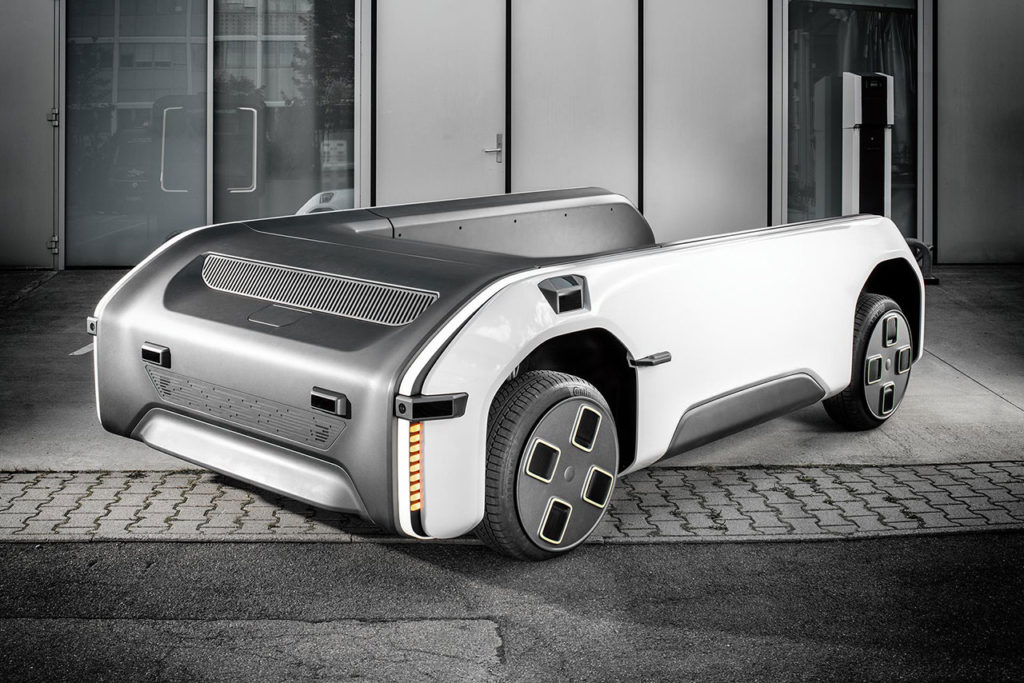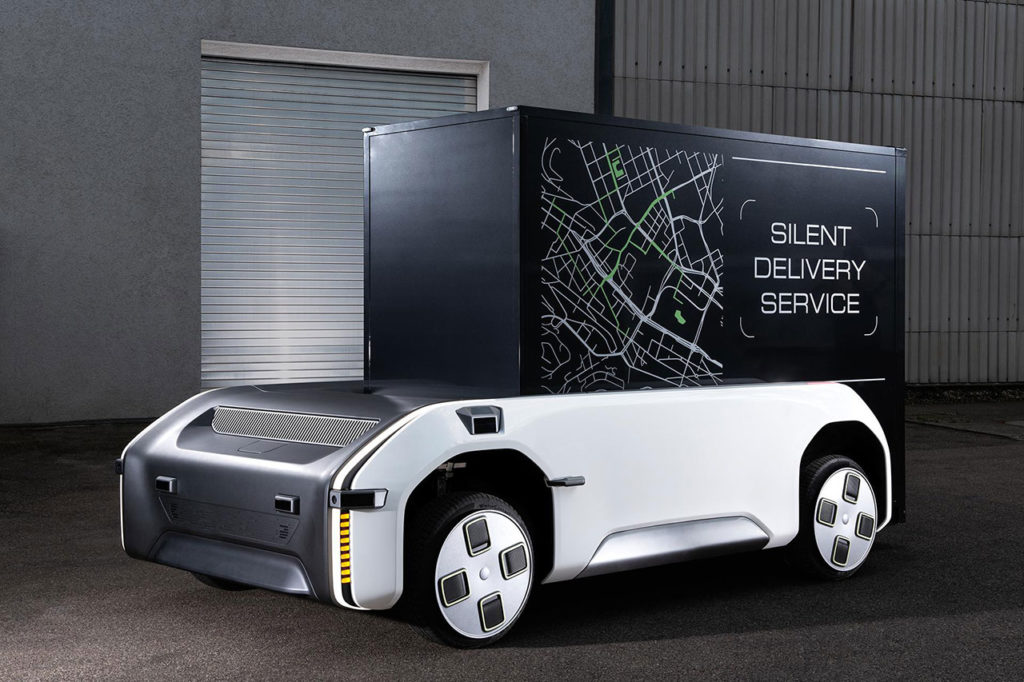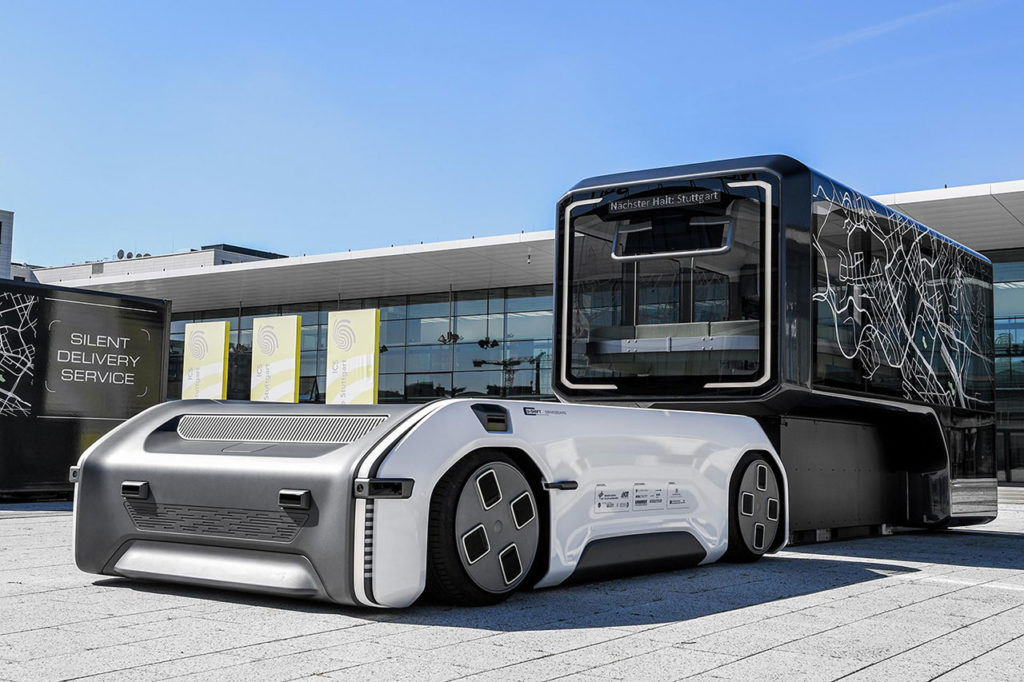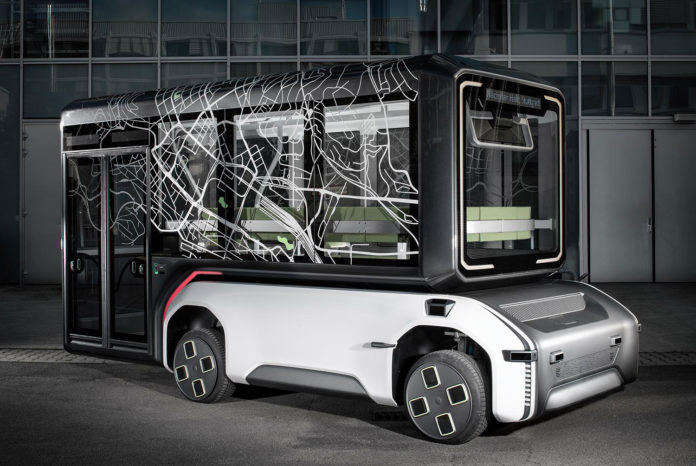The German Aerospace Center (Deutsches Zentrum für Luft und Raumfahrt; DLR) has unveiled a working prototype of its futuristic U-shift vehicle concept, which breathes new life into future urban mobility and logistics vehicles. Fully electric, the U-Shift corresponds to a mobile platform that can be combined with a series of compartments to meet different transport demands.
It consists of two parts: a small four-wheeled platform with an electric motor and a module attached to it, which can be equipped to carry goods or passengers. The vehicle has a wide range of applications as an on-demand shuttle, a high-tech on-call bus, a versatile distribution center for goods and parcels, or as a mobile sales vehicle.

The U-shaped drive unit contains all of the valuable technical components and systems needed for autonomous, electric, and quiet travel. The capsules, which are much more economical to manufacture, can be used for a variety of purposes.
However, although functional, the U-Shift prototype does not yet configure an autonomous vehicle, since its displacement is still controlled by remote control.
So far, engineers have made two prototypes of the body. One of them is a passenger capsule, which has seven seats, as well as an extra folding seat. A large door with an integrated ramp ensures barrier-free access. The second is a cargo capsule that has space for four Euro pallets or eight barred rolling cabinets.

The developers plan in the coming years to test the U-Shift prototype of the current generation independently and together with third-party companies, and in 2024 they are going to create a second, fully automated prototype capable of reaching speeds up to approximately 60 km/h (40 mph).
The initiative aims to analyze mainly user experience parameters, including the door-opening mechanism, the flow of information, as well as any access restrictions. The test data should support the development and manufacture of the different compartments that can be connected to the top of the vehicle.

The next big step is to increase the performance of the drivetrain, install hardware and sensors for automated and networked driving, test a new battery system, and further develop the chassis and lifting device.
